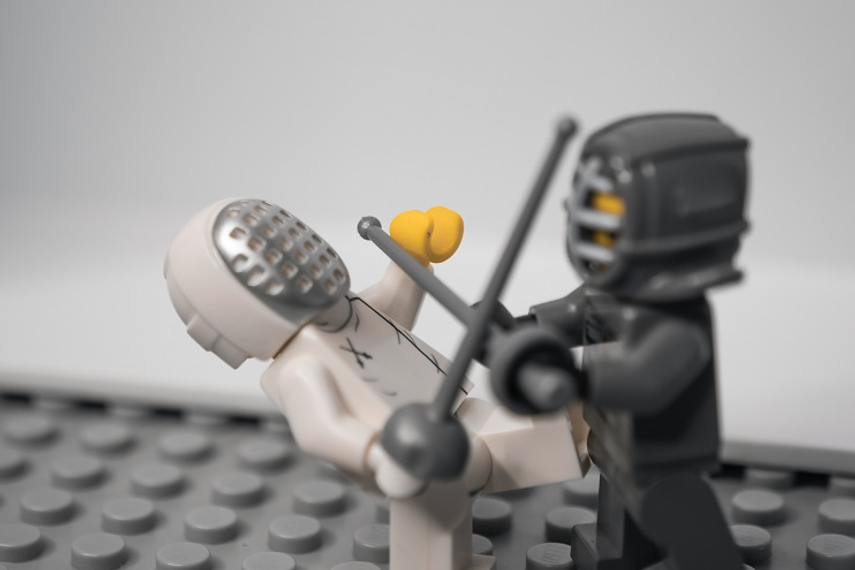
Please sign in or register
Existing users sign in here
Having trouble signing in?
Contact Customer Support at
[email protected]
or call+852 3175 1913
With brands taking digs at competitors openly, Campaign dives in to find out the reason, the impact, the legalities and whether brands wars are in for the long haul…

Contact Customer Support at
[email protected]
or call+852 3175 1913
Top news, insights and analysis every weekday
Sign up for Campaign Bulletins
Based on $2.4 billion in ad spend across 1,300 apps, AppsFlyer’s latest report reveals why emotional storytelling, tutorials and platform-native talent now outperform big-budget creative in mobile marketing.
OMD holds strong in second position while Publicis' Starcom climbs the highest after retaining Dabur's media mandate.
Hazel Yap, co-founder of influencer marketing agency Serious Media, unpacks the business behind the buzz—arguing that content creation isn’t just Gen Z’s latest phase, but a viable career reshaping Asia’s marketing economy.
A three-part video series sees Changi Airport positioning itself as the gateway for travellers to discover Southeast Asia’s rich food culture.